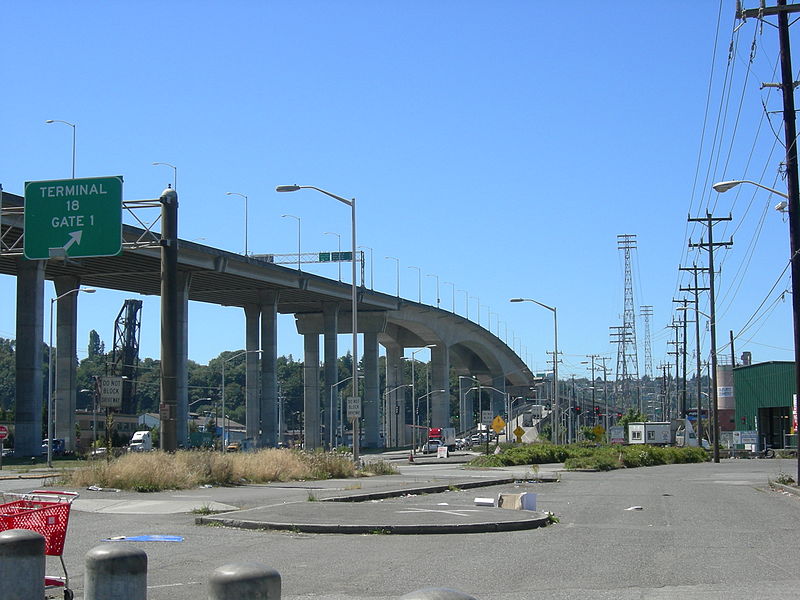Sound Transit, Pierce Transit, and Community Transit are running their regular weekday schedules.
Routes operating a reduced weekday schedule with designated trips canceled. These trips are identified in customer timetables with an “H”: 1, 3, 4, 7, 10, 11, 12, 13, 14, 17EX, 19, 24, 26, 26EX, 28, 28EX, 30, 31, 33, 36, 37, 39, 41, 43, 44, 48, 49, 60, 64, 65, 67, 68, 70, 75, 101, 107, 110, 111, 116, 120, 121, 123, 124, 125, 134, 139, 140, 143, 148, 149, 150, 153, 158, 159, 164, 166, 168, 169, 174, 177, 179, 181, 182, 183, 187, 190, 194, 202, 203, 209, 212, 214, 215, 216, 218, 221, 230, 232, 234, 236, 238, 242, 244, 245, 248, 249, 251, 252, 255, 257, 269, 271, 303, 312, 311, 330, 331, 342, 346, 358, 372, 915, 921 and 929.
These routes are canceled when Metro operates reduced weekday service: 2EX, 7EX, 9, 34, 38, 45, 46, 48EX, 53, 76, 77, 79, 114, 129 133, 152, 157, 161, 162, 167, 175, 192, 196, 197, 201, 205, 206, 207, 208, 210, 217, 219, 237, 243, 247, 250, 256, 260, 261, 265, 266, 268, 272, 277, 291, 304, 308, 316, 355, 373, 885, 886, 888, 889, 890, 891, 892, 912, 925, 935, 981, 982, 984, 986, 987, 988, 989, 994, 995 and the Group Health Express.















 One criticism of Metro’s response to
One criticism of Metro’s response to